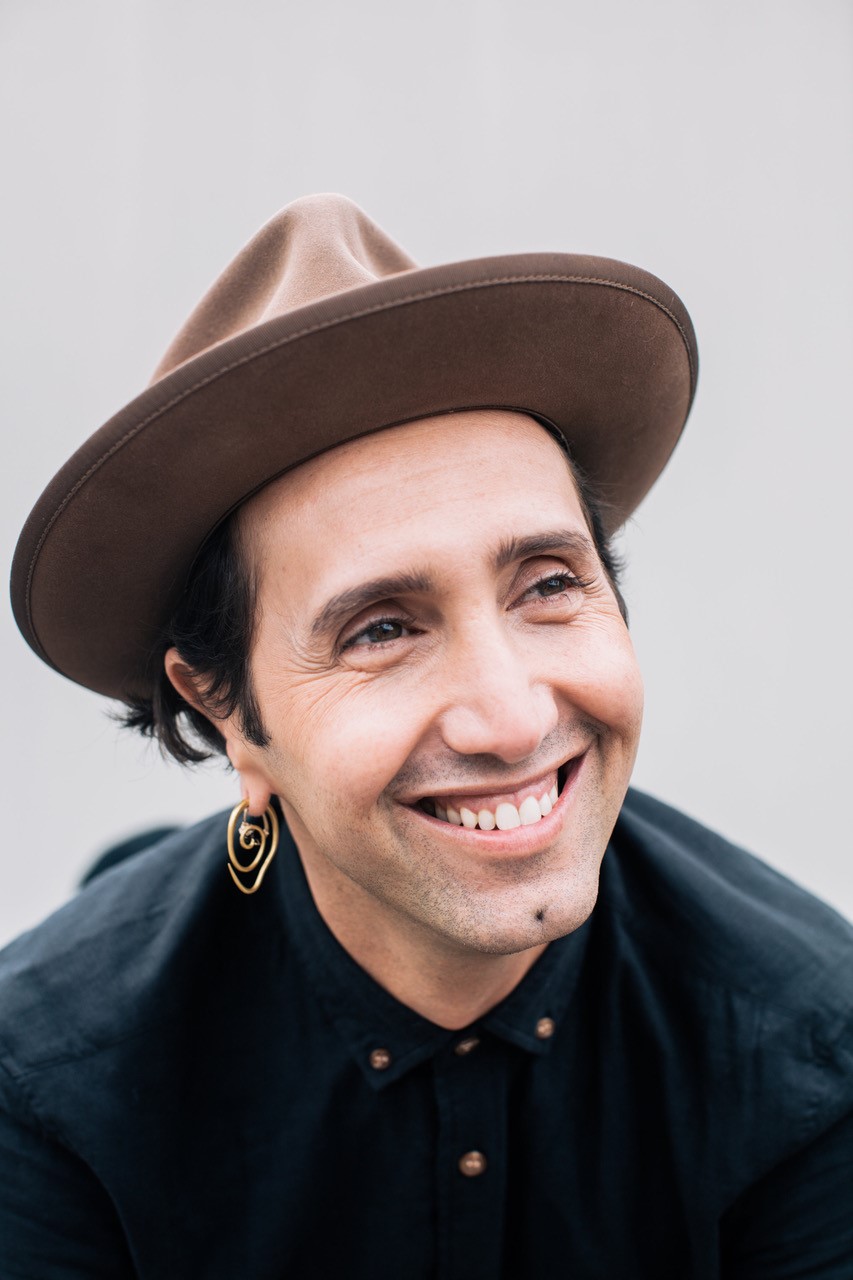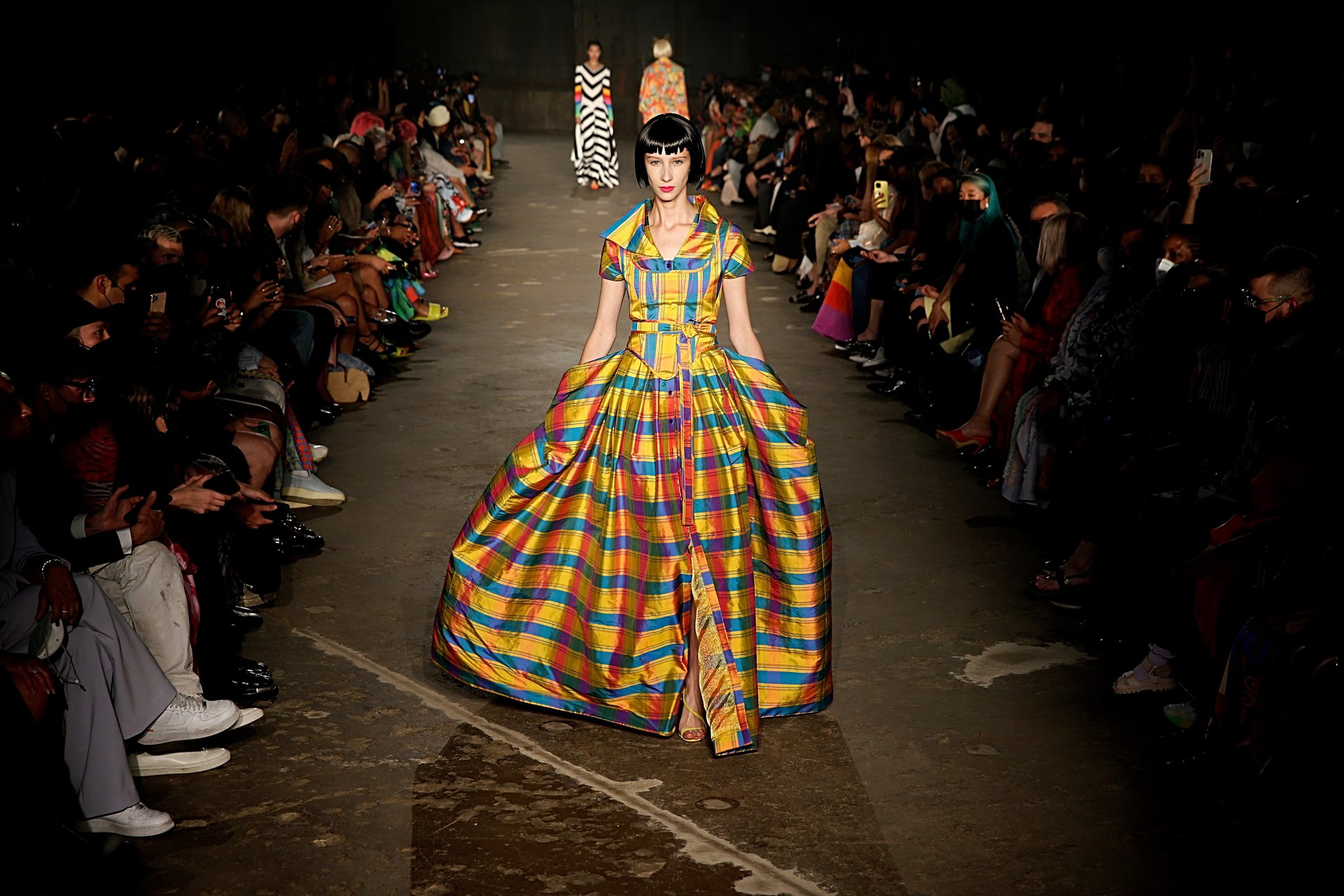CFDA Decades: Fashion in the Nineties
June 8, 2022
Kevin Sessums
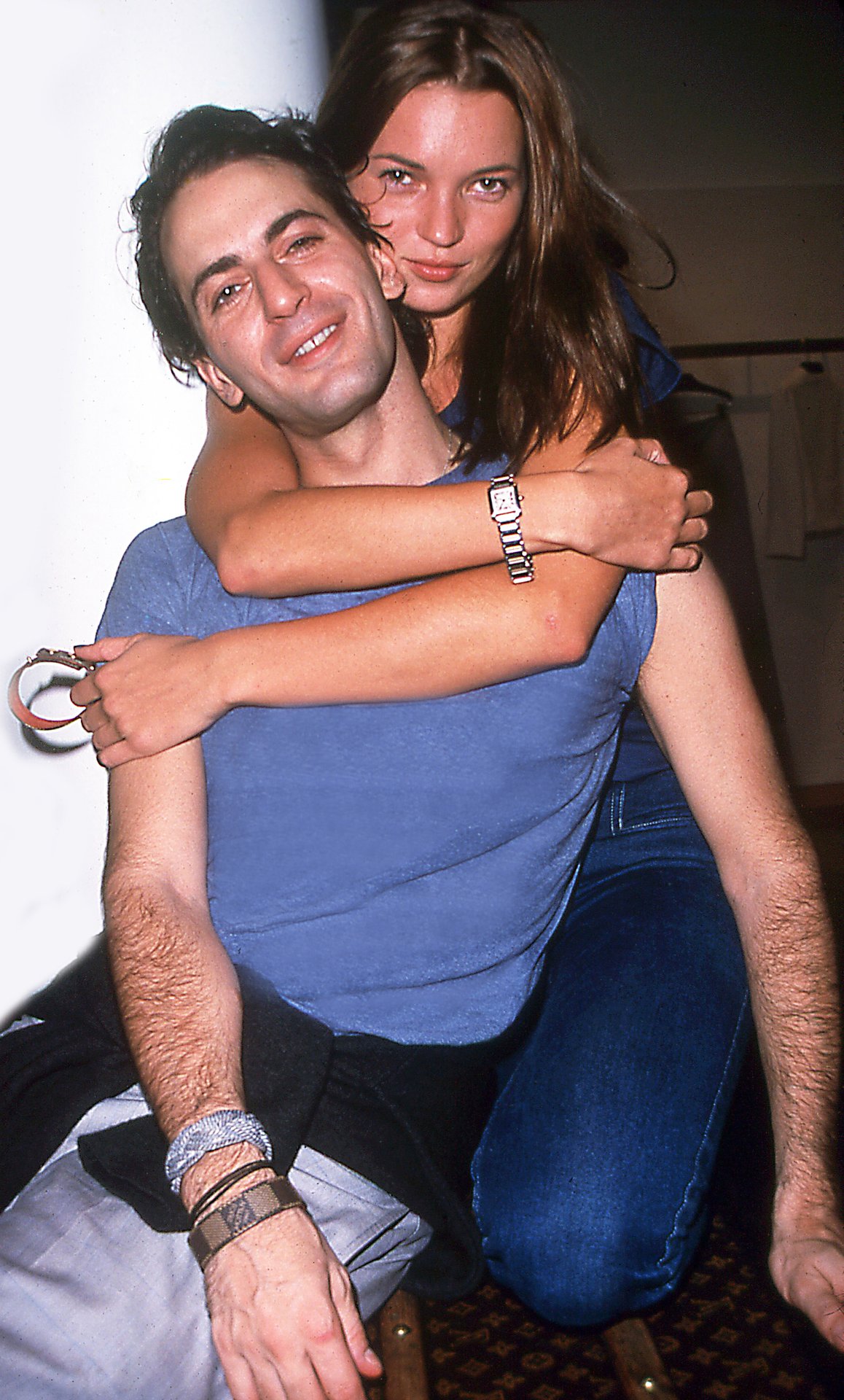

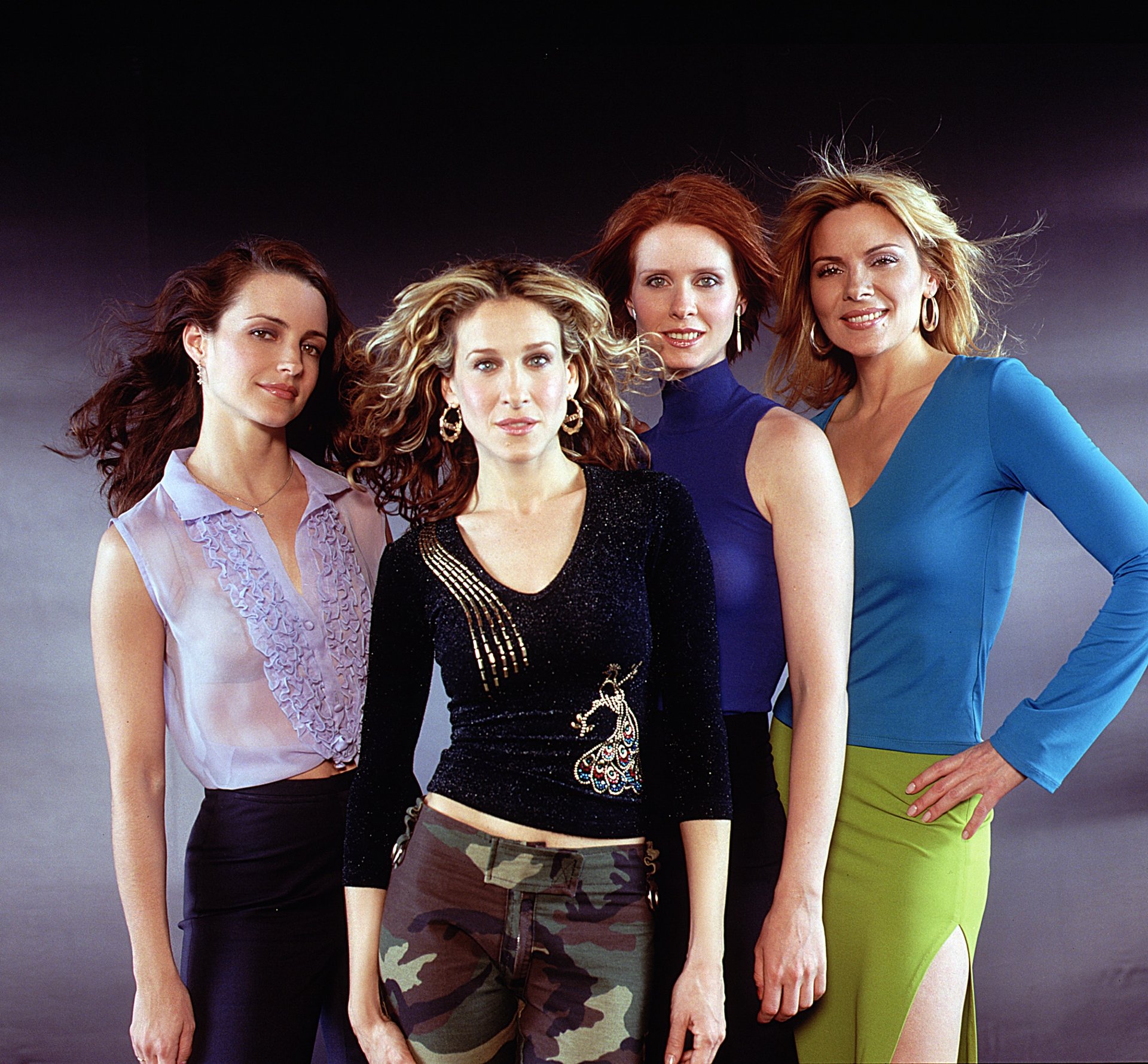
Kristin Davis, Sarah Jessica Parker, Cynthia Nixon and Kim Cattrall in “Sex And The City.” (Photo by HBO/Newsmakers)
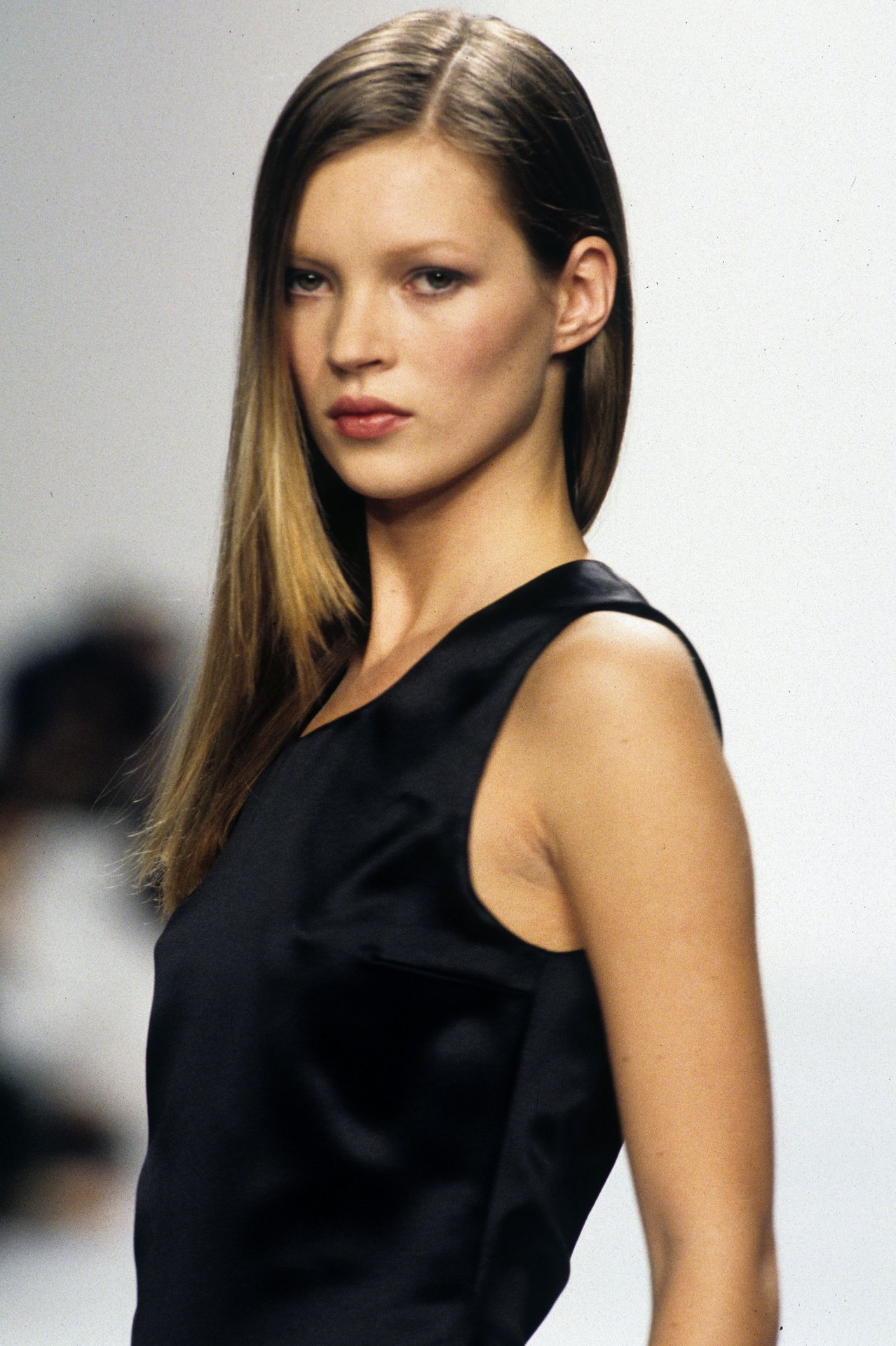
Kate Moss in the Calvin Klein show, October 1994. (Photo by Victor VIRGILE/Gamma-Rapho vi
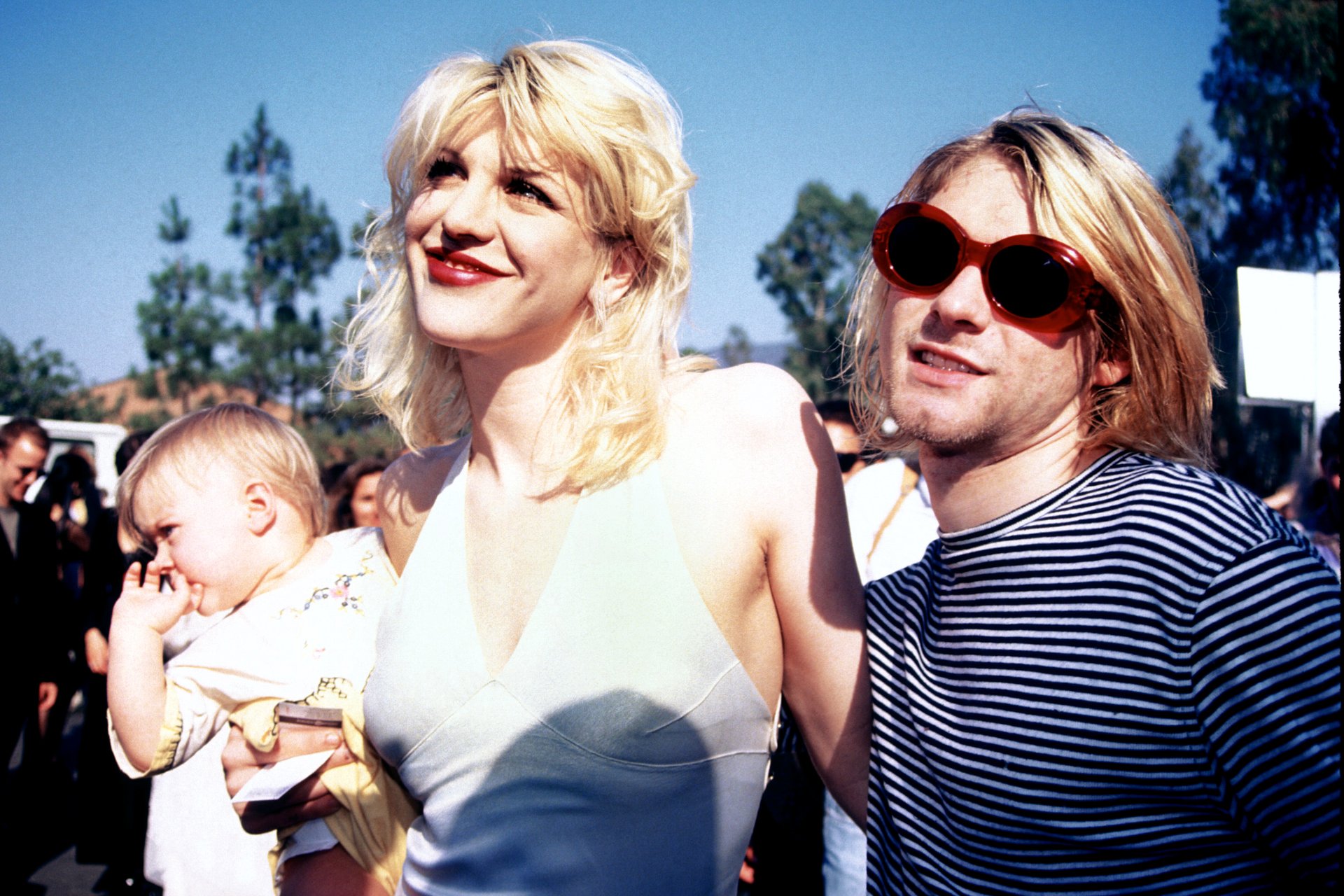
Kurt Cobain, Courtney Love and baby Frances Bean at the 1993 MTV Music Video Awards in Los Angeles. (Photo by Vinnie Zuffante/Getty Images)

Kate Moss and Marc Jacobs at the Louis Vuitton Soho store opening, New York, 1998. (Photo by Rose Hartman/Getty Images)
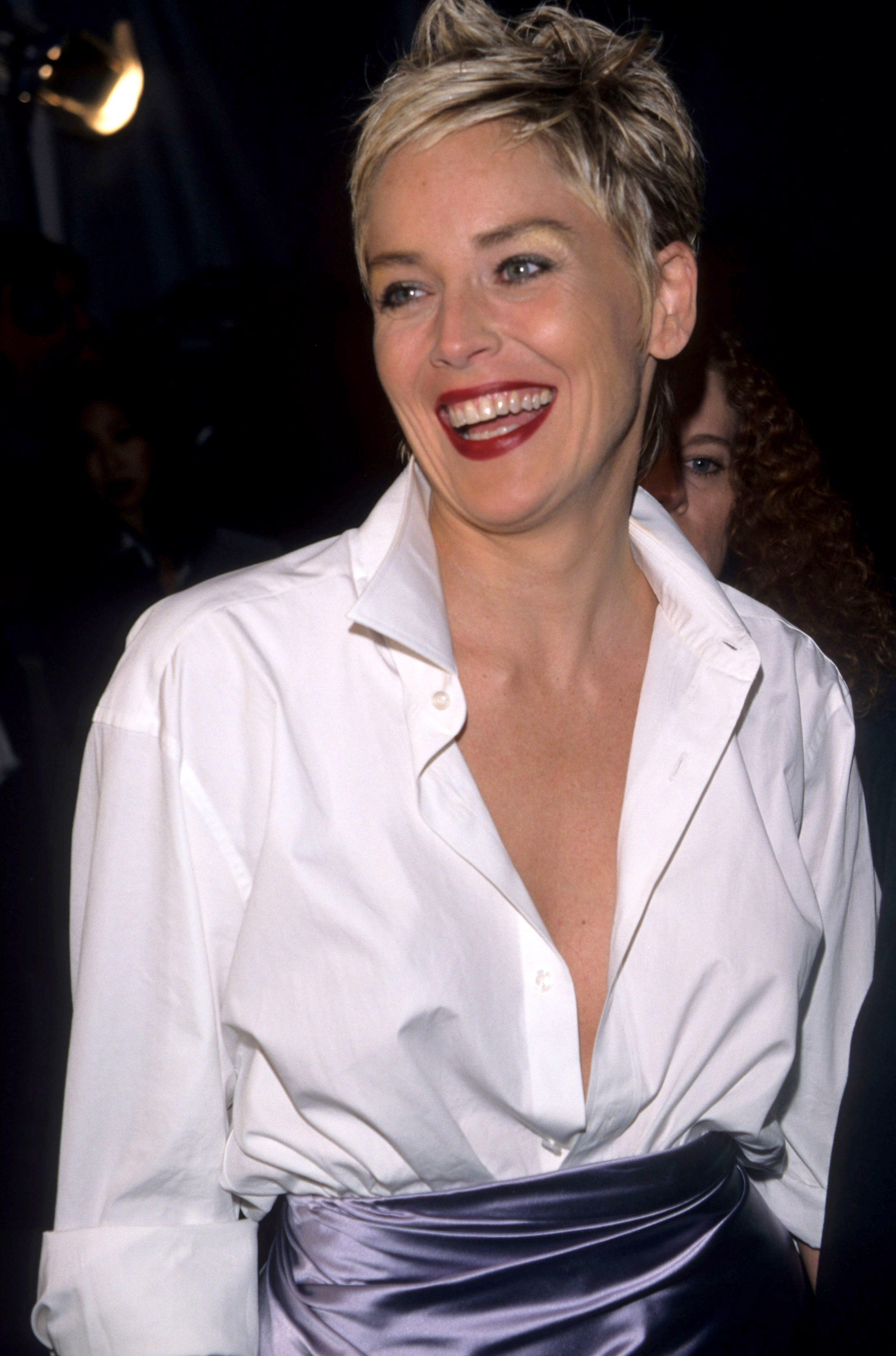
Sharon Stone in Gap and Vera Wang at The 70th Annual Academy Awards – Elton John AIDS Foundation Party. (Photo by Ke.Mazur/WireImage)
